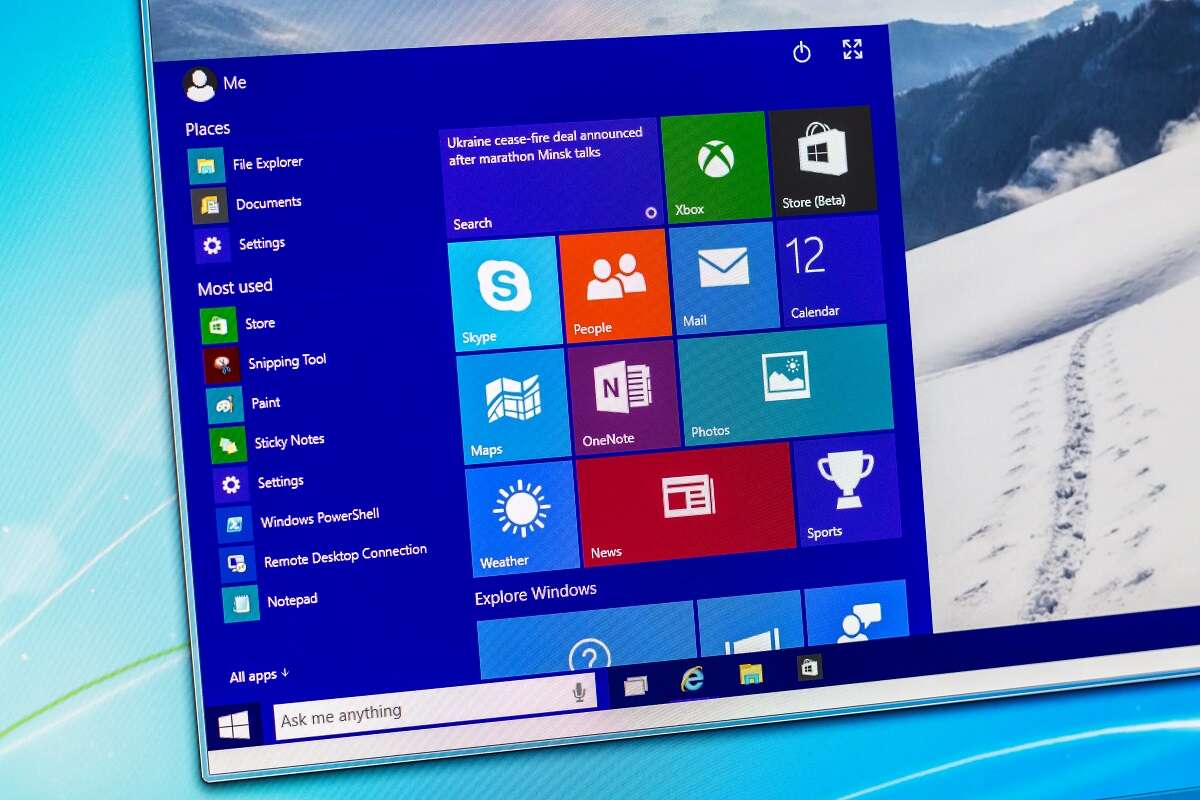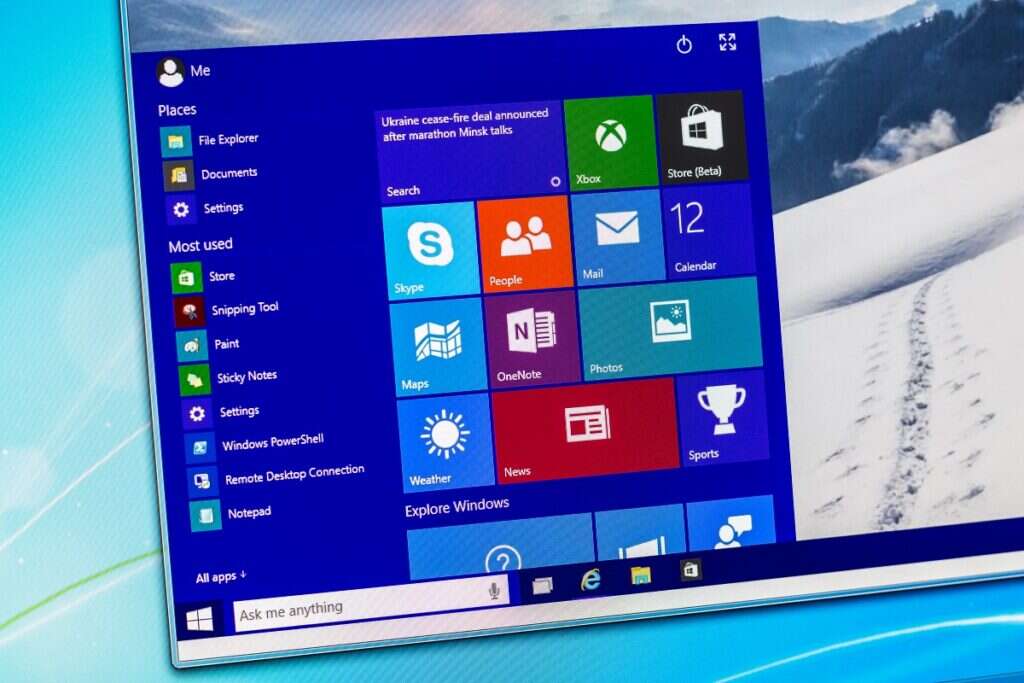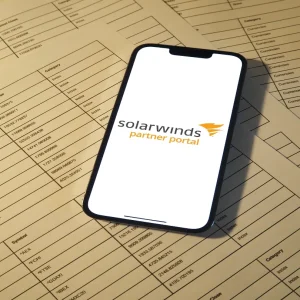
Microsoft has announced the Windows 10 support end date for 2025 in a bid to encourage users to upgrade to the latest version of the operating system. But the tech giant says it will continue to offer paid-for updates to the operating system for an additional three years after this date.

Windows 10 was launched in 2015 and is now coming to the end of its life, with Windows 11 having been on the market for the past two years. In a statement released yesterday, Microsoft said it will stop providing updates for the system on 14 October 2025.
Why Microsoft is ending Windows 10 updates
From 14 October 2025, “Microsoft will no longer provide bug fixes for issues, security fixes for vulnerabilities, time zone updates, or technical support for problems that might occur”, according to the statement from Jason Leznek, who is part of the company’s Windows servicing and delivery team.
The final version of Windows 10, 2H22, was released earlier this year, and all versions will continue to be updated every month for the next two years, according to Leznek.
Windows 10 is still widely used by businesses and consumers. Data from Statcounter, published in January, said it was by far the most popular version of Windows on the market installed on 68.8% of desktop machines worldwide running a Microsoft operating system, compared with 18.1% for Windows 11.
While this number is likely to have declined during 2023 as businesses and PC vendors switch to the newest version of Windows, it remains a popular choice for tech leaders.
Windows 10 support beyond 2025 end date
Microsoft says the solution for Windows 10 users is to upgrade to Windows 11, as "organisations running legacy software are vulnerable to significant security risk and potential compliance violations".
For businesses that don't want to make the switch, or are unable to do so, a paid-for support package, which Microsoft calls extended security updates (ESU) will be on offer from Microsoft until 2028. Similar support was put in place when users were migrated from Windows 7 to Windows 10.
Leznek said: "The ESU program for Windows 10 will include critical and/or important security updates", but added: "ESUs do not include new features, customer-requested non-security updates, or design change requests. Technical support beyond the ESU itself is also not available."
Microsoft has yet to reveal how much the Windows 10 ESU will cost, but the Windows 7 version came in at $50 per device for the first year, $100 for the second, and $200 for the third.
Redmond has revealed that some Windows 10 customers will receive the ESU free of charge. Windows 365 customers that run Windows 10 devices that "connect to a cloud PC running Windows 11" will get the updates at no additional cost.
Windows 10 instances running on Azure Virtual Desktop will also be updated.






